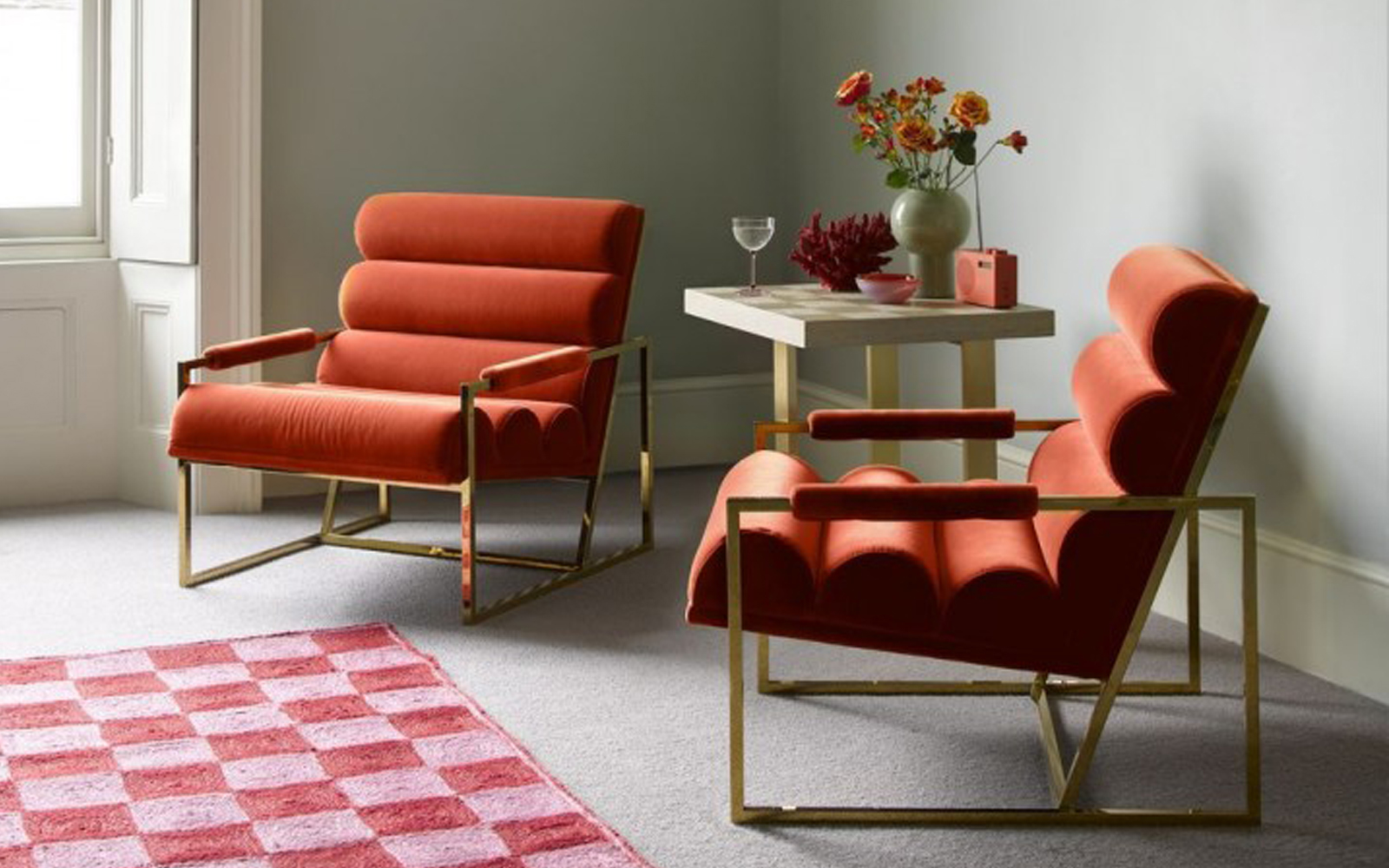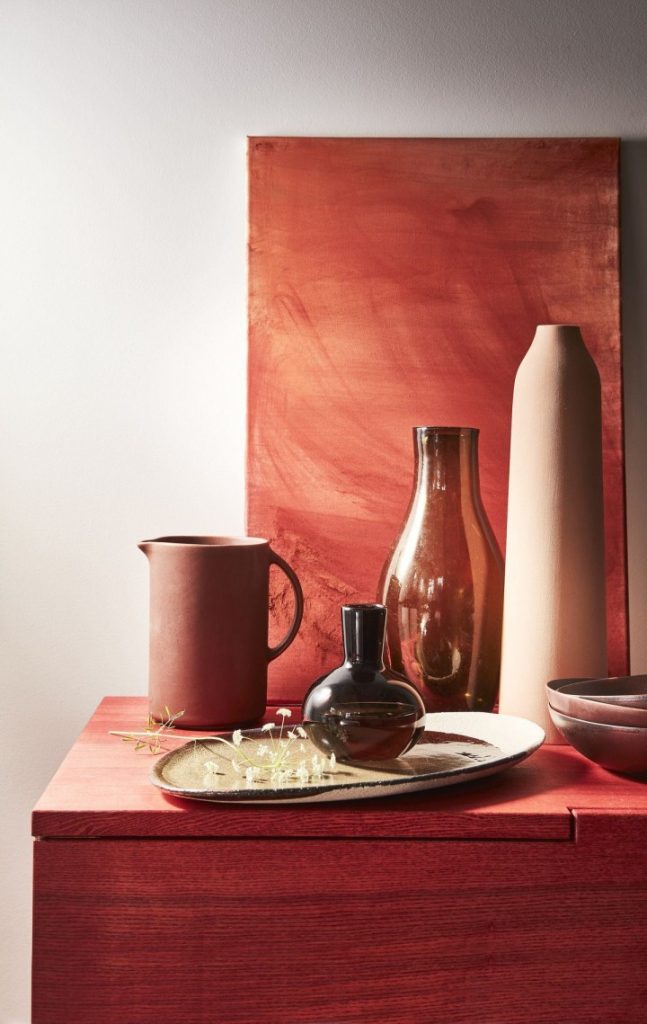
Frontier Trend: Unexpected Red Theory, the Viral Decor Trend Taking Social Media by Storm (UK) April 18, 2024
Summary: Recently, a term called the “Unexpected Red Theory” has rapidly gained popularity on social media. Proposed by interior designer Taylor Simon, this theory advocates for the clever addition of red elements in seemingly mismatched spaces, regardless of size, to add unique charm to the space. The theory suggests using red in otherwise ordinary spaces. These red elements can be small and delicate lighting fixtures, large furniture pieces like sofas and tables, or even red paint on the walls. By adding a touch of red in unexpected places, the theory claims to instantly ignite vitality and curiosity in the space.
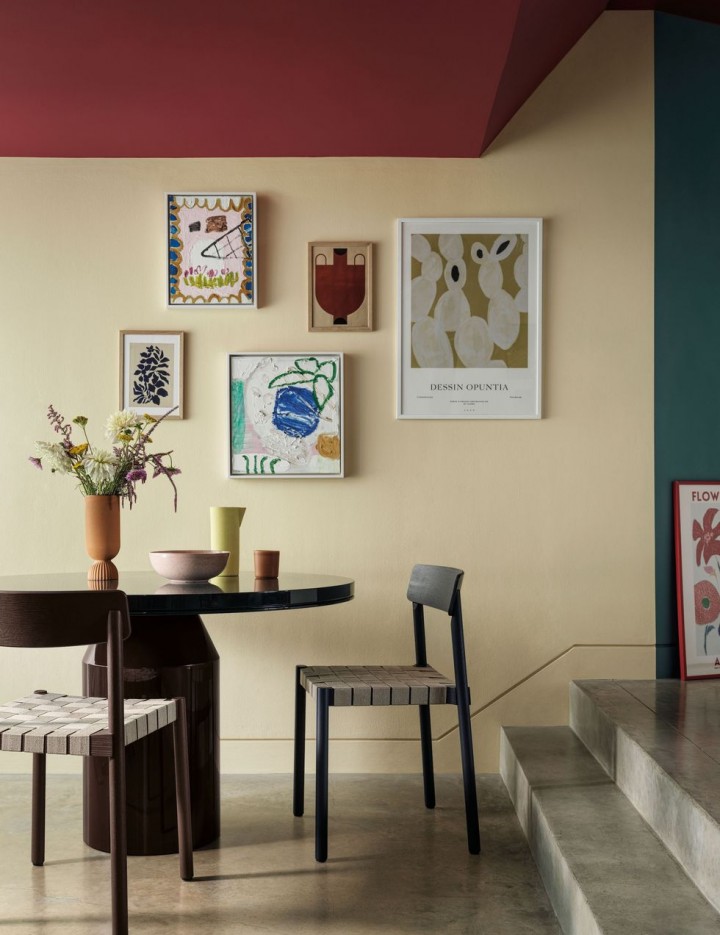
In fact, it has already sparked widespread attention on platforms like TikTok. In 2024, from bookshelf fortunes and aesthetically pleasing commoners to the comeback of quiet luxury, the Unexpected Red Theory undoubtedly becomes one of the latest and hottest trends. It is closely linked with another fashion trend, the “Red Pop,” both exploring the powerful impact of red in transforming the ambiance of spaces and fashion styles.
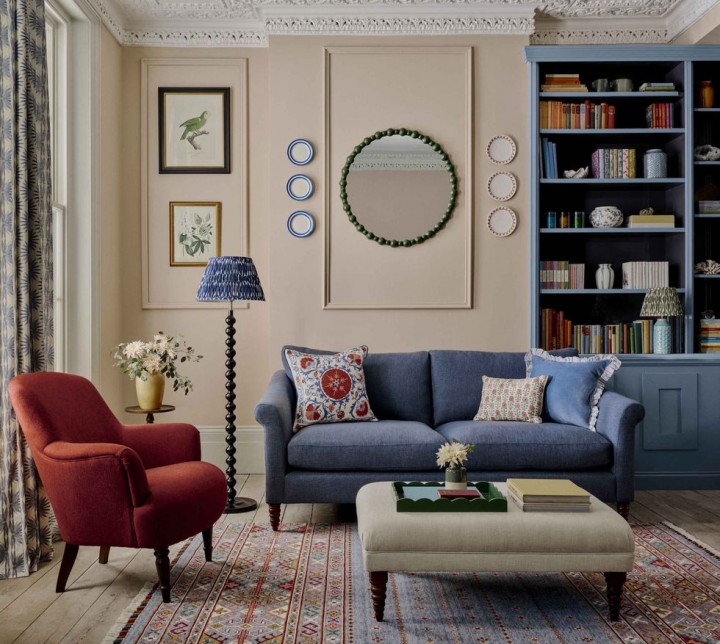
“For those looking to add an extra character to their homes, it is essential to have a focal point in the room, whether through paint effects, painted furniture, wall art, or accessories. The Unexpected Red Theory is a great example,” said Justyna Korczynska, Senior Designer at Crown Paints.
Color psychologists point out that red is a primary color full of power, sensuality, and vibrancy. It is often used as an accent color in textiles or furniture and suits bold design schemes. While too much red can be overwhelming, strategically incorporating red elements can elevate the energy level of a space, making it feel exciting and dynamic.
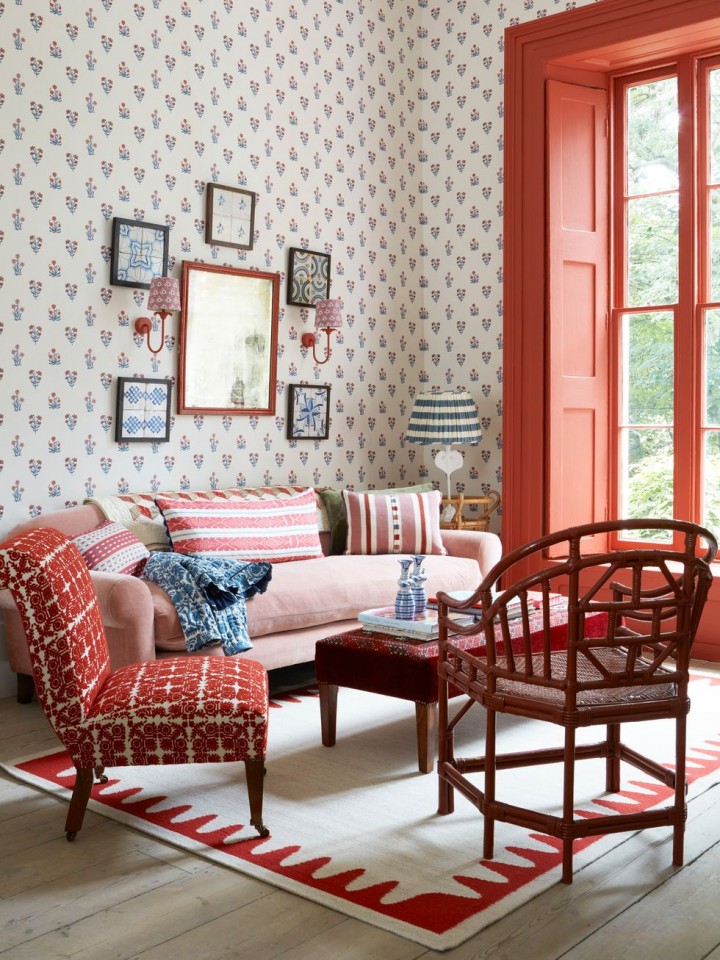
Is Red the New Neutral?
Taylor emphasizes that the Unexpected Red Theory should not be seen merely as a trend but rather as a design “rule of thumb.” The theory promotes red as a versatile hue that can almost rival eternal neutrals. It can work within any color and material palette, serving as both an accent color and a complementary tone.
Design experts also express their support for this theory. They believe that red has a broad range of emotional expressions, showcasing confidence, charm, richness, and sensibility. From fiery reds to chestnut browns and terracotta hues, the versatility of red allows individuals to choose tones that suit their personal style and home aesthetics. In dining areas, red can stimulate appetite and encourage social interaction, while neutral tones provide a perfect backdrop for red elements in living rooms.
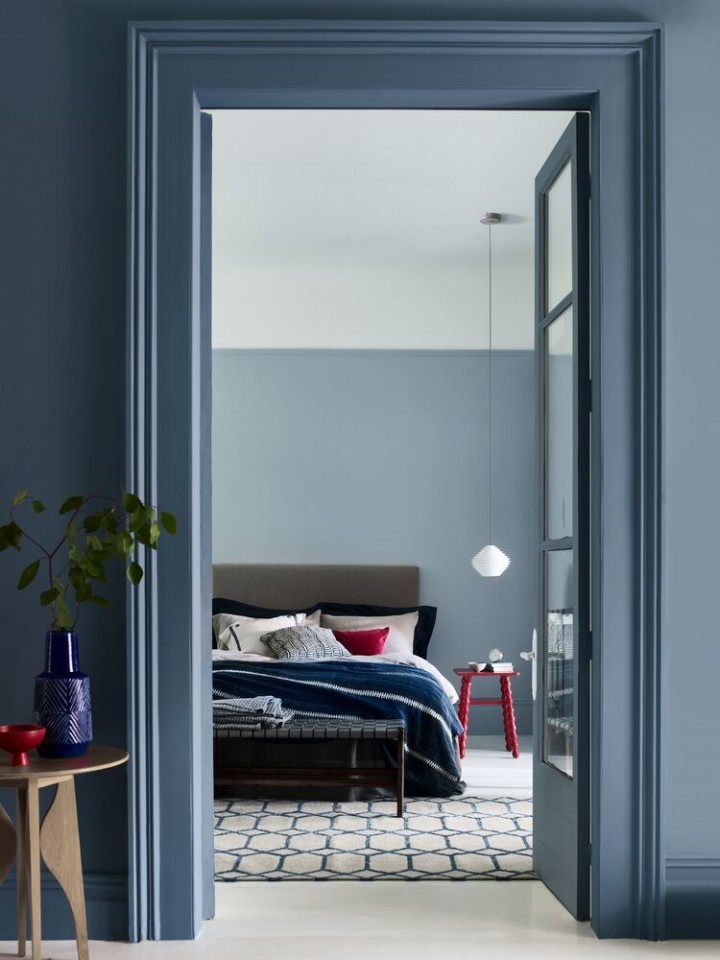
Even Stephanie Kim, Creative Director at Dulux, mentioned that she placed a red table in her own living room to infuse energy into the space. She said, “I strongly advocate for the use of red in living spaces, especially when it complements other warm colors. The earthy tones of red, orange, and pink are like a warm embrace; a softer way to introduce bolder hues to your home. Whether the red you use in your living space creates a striking contrast with other parts of your decor or blends perfectly with them, the introduction of red immediately creates a cozy feeling.”
It’s even suitable for bedrooms
While we know that blue is known to have a significant positive impact when used in bedroom decor, what about trying red? “Resting spaces might not immediately come to mind when thinking about red, but isn’t that what the Unexpected Red Theory is all about? While blue is often considered the ideal choice for bedrooms, skillfully incorporating red elements can produce unexpected effects. For example, contrasting red with Dulux’s Traditional Blue Ribbon and Garage Blue colors can create a unique and eye-catching visual effect,” says Stephanie.
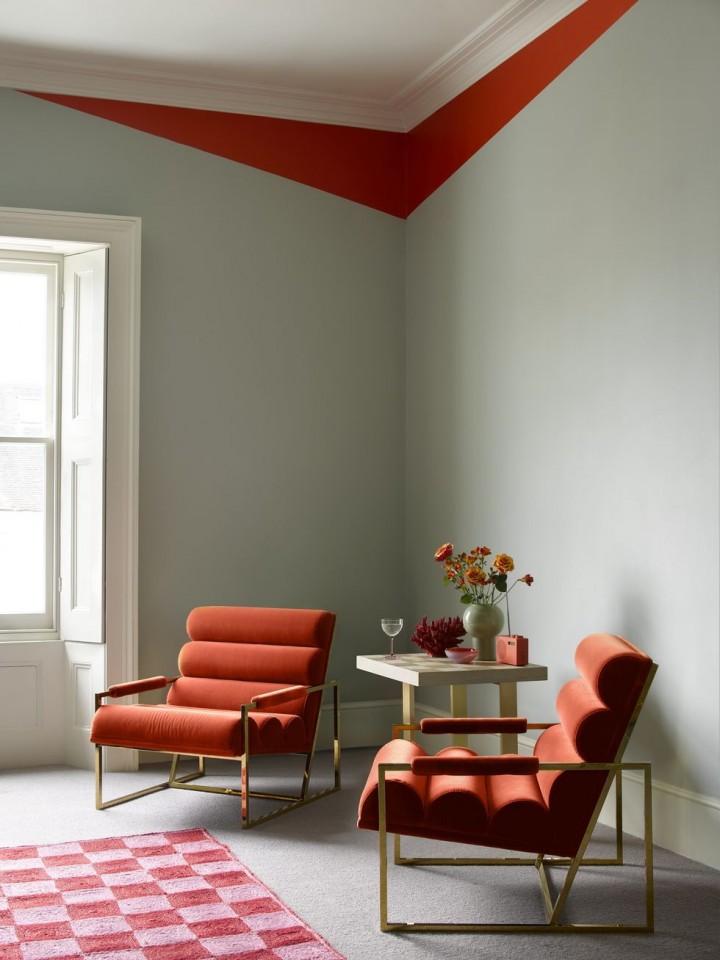
Unleash Creativity with Paint
Using red doesn’t necessarily mean using it all over to showcase personality. It can be used more broadly, perhaps as a feature wall. To achieve a modern look, use shimmering red on architectural details or create interesting elements in rooms with a white background.
Without being limited by existing architecture or “boundaries,” play with angles using masking tape and introduce unexpected geometric shapes in corners to create a modern-style corner with vibrant, eye-catching colors like red. Pairing furniture and accessories in the same color will tie the entire scheme together,” explains Helen.
Maintain Warmth Without Being Overwhelming
Of course, when incorporating red elements, it is important to maintain the warmth and comfort of the space. Justyna reminds us that while red is a rich and vibrant color, too much red can be overwhelming. Therefore, when choosing red, warm tones and deeper shades can be considered to preserve the warmth and coziness of the space while adding a pop of color and allure.
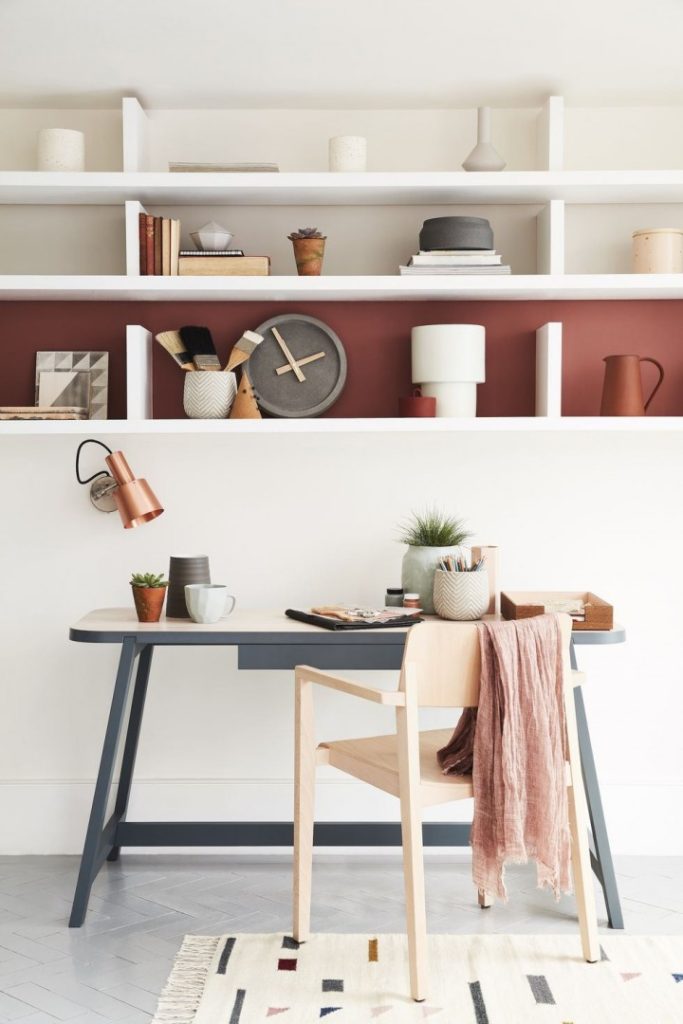
Stay warm and avoid being too harsh on the eyes Of course, when using red elements, we also need to pay attention to maintaining warmth and comfort in the space. Justyna reminds us that while red is a rich and vibrant color, too much red can make the space overly harsh on the eyes. Therefore, when choosing red, we can consider using warm tones and deeper shades of red to maintain the warmth and comfort of the space while adding a touch of color and attraction.
Red is also suitable for small spaces. Lastly, it is worth mentioning that the unexpected red theory has no fixed rules. Whether it is a dressing room, office, or vanity area, red can be used to add vitality and fun. Red with a pink base color, such as Dulux Coral Delight, can inject a playful feeling and make people feel confident and energetic. This makes it perfect for your desired wardrobe or rooms where you need inspiration to get through the day.
Excerpt from “House Beautiful”

